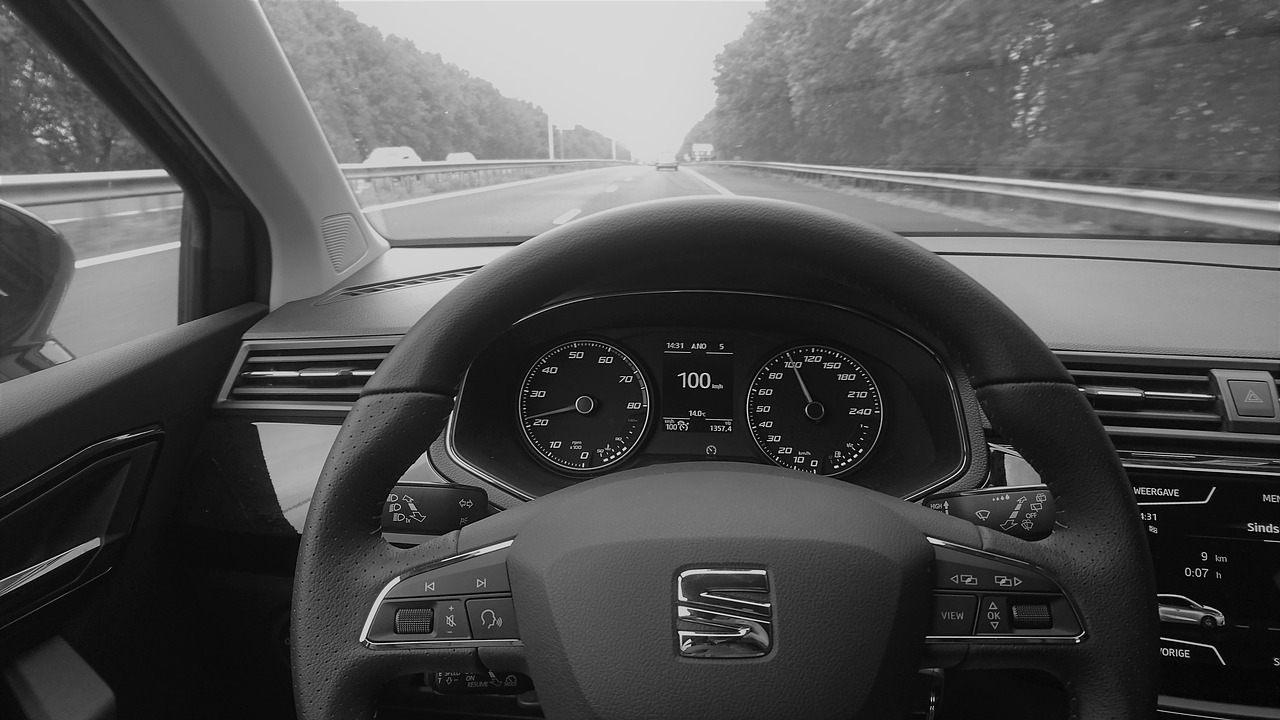More and more cars are equipped with a speed limiter. This device is helpful on long journeys, but it may cause the driver to become less attentive. How does cruise control work? What are its advantages and disadvantages?
Summary
1. What is adaptive cruise control?
2. Why install a speed limiter on a car?
3. When to use cruise control?
4. Adaptive cruise control and car insurance
1. What is adaptive cruise control?
Adaptive cruise control is a type of autopilot designed to improve your comfort and safety while driving. It is used to maintain a constant speed on fast lanes and is much more restrictive than a simple speed limiter.
You can tell your car to maintain a constant speed until you brake by pressing the cruise control button. The vehicle accelerates uphill, decelerates downhill, and becomes nearly self-driving; the driver’s only responsibility is the steering wheel.
2. Why install a speed limiter on a car?
Cruise control and speed limiter are often combined into one device.
– The speed limiter makes it possible to program a maximum speed that you should not exceed. This system can thus avoid the loss of points and the associated fine in case of speeding.
– The cruise control brings an additional aspect by regulating the speed along the route. When going uphill, the regulator will accelerate the engine to compensate and, on the contrary, will slow down when going downhill. It will also reduce fuel consumption and fatigue during a long trip.
3. When to use cruise control?

Despite significant progress since the first models, some drivers mistrust these driving aids widely used in the United States and Germany.
Are you using a speed limiter? Take the following precautions:
– Never use your cruise control or speed limiter in built-up areas or on small roads;
– Take control when approaching a tollbooth or any cause for slowing down;
– Once the device is activated, do not fall asleep! Stay alert and in control of your vehicle at all times.
– Your cruise control has locked up; what should you do? This is an exceptional situation. Usually, a quick press of the gas pedal is all it takes to disable the cruise control system. Don’t panic; shift into neutral and apply the brakes. As a last resort, gradually apply the handbrake to keep the car on the track.
– How do you know if your speed limiter has activated properly? Take a look at your dashboard: the speed limiter symbol should be displayed. Press the gas pedal to deactivate it: the symbol will disappear.
Good to know: you can only use this system on long, unobstructed trips. It is perfect for driving to your vacation destination but is ineffective in city centers where traffic signs are particularly dense.
4. Adaptive cruise control and car insurance
As far as car insurance is concerned, the presence of an adaptive cruise control does not affect your potential liability in case of an accident.
Even if a faulty speed limiter causes a collision, only the driver will be held responsible. In this case, you are free to take legal action against the manufacturer for hidden defects.
For cars that do not have these speed control devices, some specialized stores offer kits. However, check that they are approved, which is not always the case with certain parallel imports that bypass the traditional distribution networks.
How did you find this post? Remember to leave your comment and share.
You can read more here:
– Unforeseen Issues When You Are Driving Above the Speed Limit;
– What Does Double-Clutching Mean?

